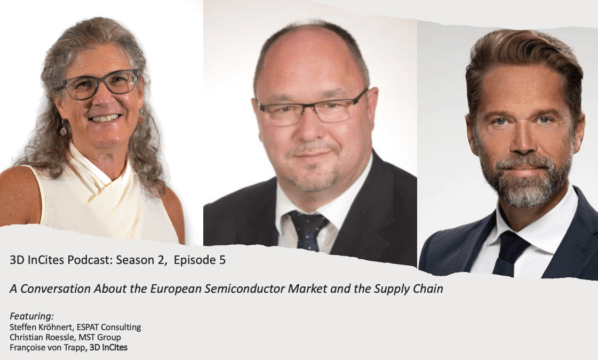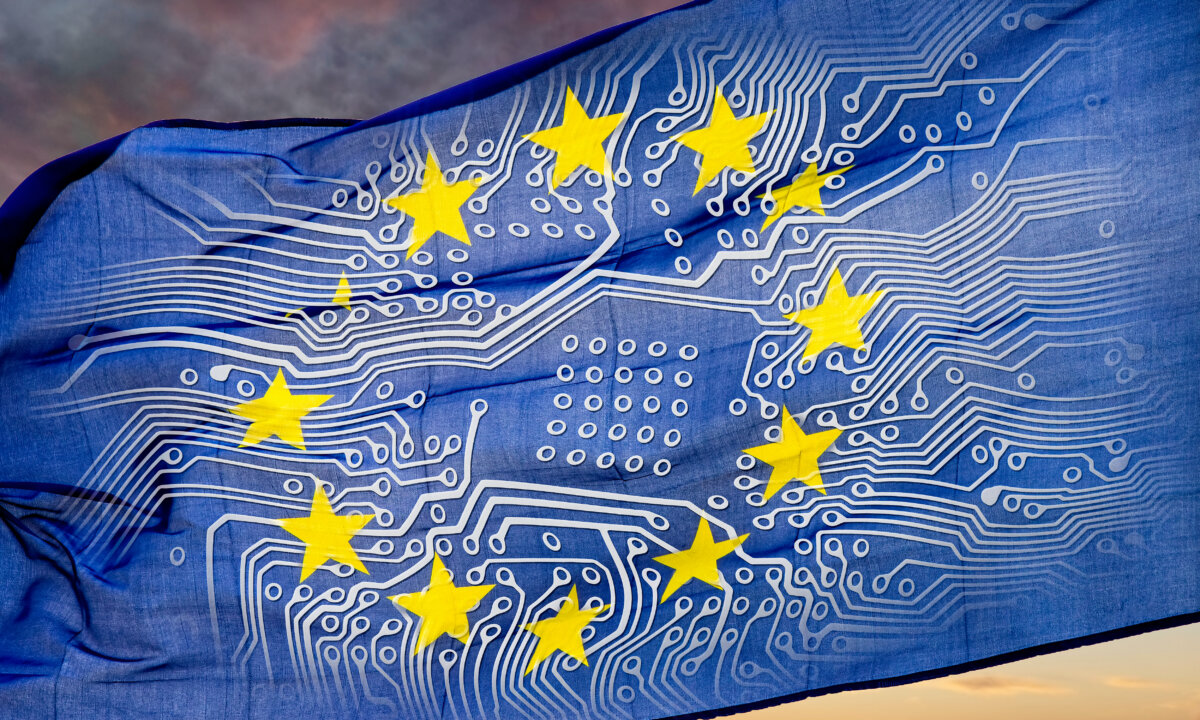Over the last 18 months, the European semiconductor industry has felt the repercussions of supply chain interruptions due COVID 19 and trade wars, combined with exploding global demand for chips driven by the digital transformation. There are also questions about regional sovereignty and the need to strengthen the local supply chain.
In our latest podcast episode, I spoke with Steffen Kröhnert, ESPAT Consulting, and Christian Rössle, MST Group, about the challenges the European semiconductor supply chain is facing, particularly for low-volume advanced packaging, and what needs to happen to ensure a secure, ongoing chip supply. Here are some of the key takeaways. For the full story, I encourage you to listen to the podcast.
Europe’s Incomplete Semiconductor Supply Chain
Steffen explained that like the US, over the past decades, Europe has lost semiconductor manufacturing to Asia. The recent supply chain shortages and interruptions made it clear that to be successful, Europe needs to regain some of what it has lost by bringing a certain level of manufacturing back to Europe.
Basically, Europe has an incomplete supply chain. It has always been strong in research and development for technology innovation, as evidenced by its many research institutes and start-ups. But when it comes to hardware, the region is lacking, making it difficult for smaller companies to succeed.
Despite its push to supply the world with 20% of the necessary chip capacity, Europe comes in at about 9%, explained Christian. And when it comes to packaging, Steffen noted that only 3% of the world’s packaging happens in Europe – (which is still more than the US’s .5-2%.) Additionally, he said the region is not strong in materials, coming in around 12%, and for equipment, the number is 18%. “The situation is critical and needs lots of effort to recover,” he said.
Steffen was also careful to note that while Europe needs some second sources for chip supply, it doesn’t make sense to bring 2nm manufacturing to the region. He also has some concerns about creating an over-capacity situation, which will drive customers to go with the lowest price manufacturer, which will likely be in Asia.
A Gap in Advanced Packaging
The largest gap in Europe’s semiconductor capabilities is the ability to support advanced wafer-level packaging in small to medium volumes. Steffen explained that beyond wirebonding and flip chip, the most leading-edge packaging you’ll find in Europe is flip-chip and wafer bumping. Small companies with low-to medium-volume needs have had to resort to workarounds with existing approaches, but that won’t work for 5G, high-performance computing, artificial intelligence, and more, he explained.
This is the gap MST Group aims to fill with its capabilities, explained Christian. This vertically integrated company offers full solutions, from substrate manufacturing to final assembly and test for small to medium volumes. Originally targeting medical implant devices, the OSAT, located in Berg, Germany, is open to other customer applications as well.
SEMI Packaging Technology Seminar
To address these topics and more, SEMI Europe is holding its first in-person event since the start of COVID. Aiming at facilitating mutual engagement, the SEMI Packaging Technology Seminar, which takes place September 28 and 29 in Berg, Germany, will foster collaboration among semiconductor packaging, assembly, test manufacturing, and design experts, to collectively strengthen the semiconductor back-end industry in Europe. Steffen will deliver the keynote at this two-day event. Attendees will also have the opportunity to tour MST Group’s advanced packaging line, as the company plays host to the event.
You can listen to the entire podcast below, and register for the Packaging Technology Seminar here. Space is limited so don’t wait.
























